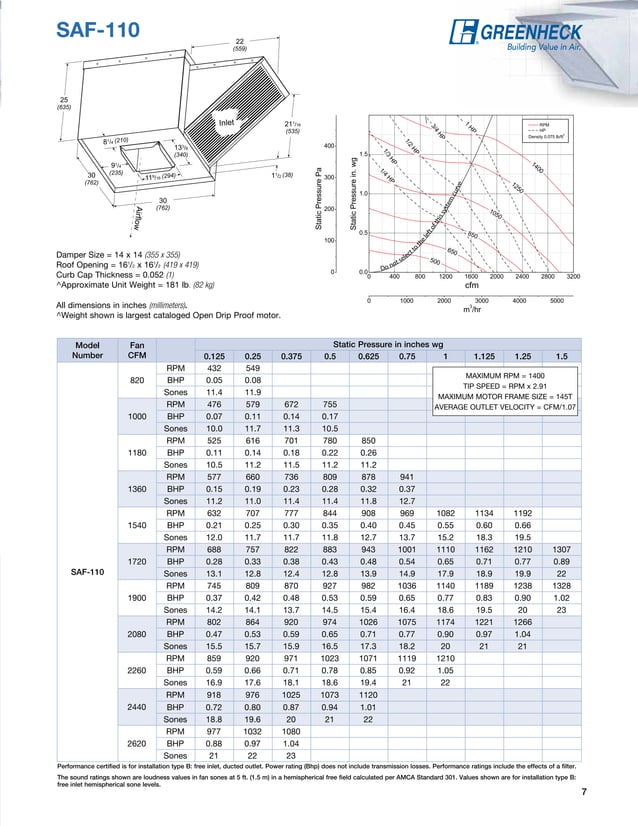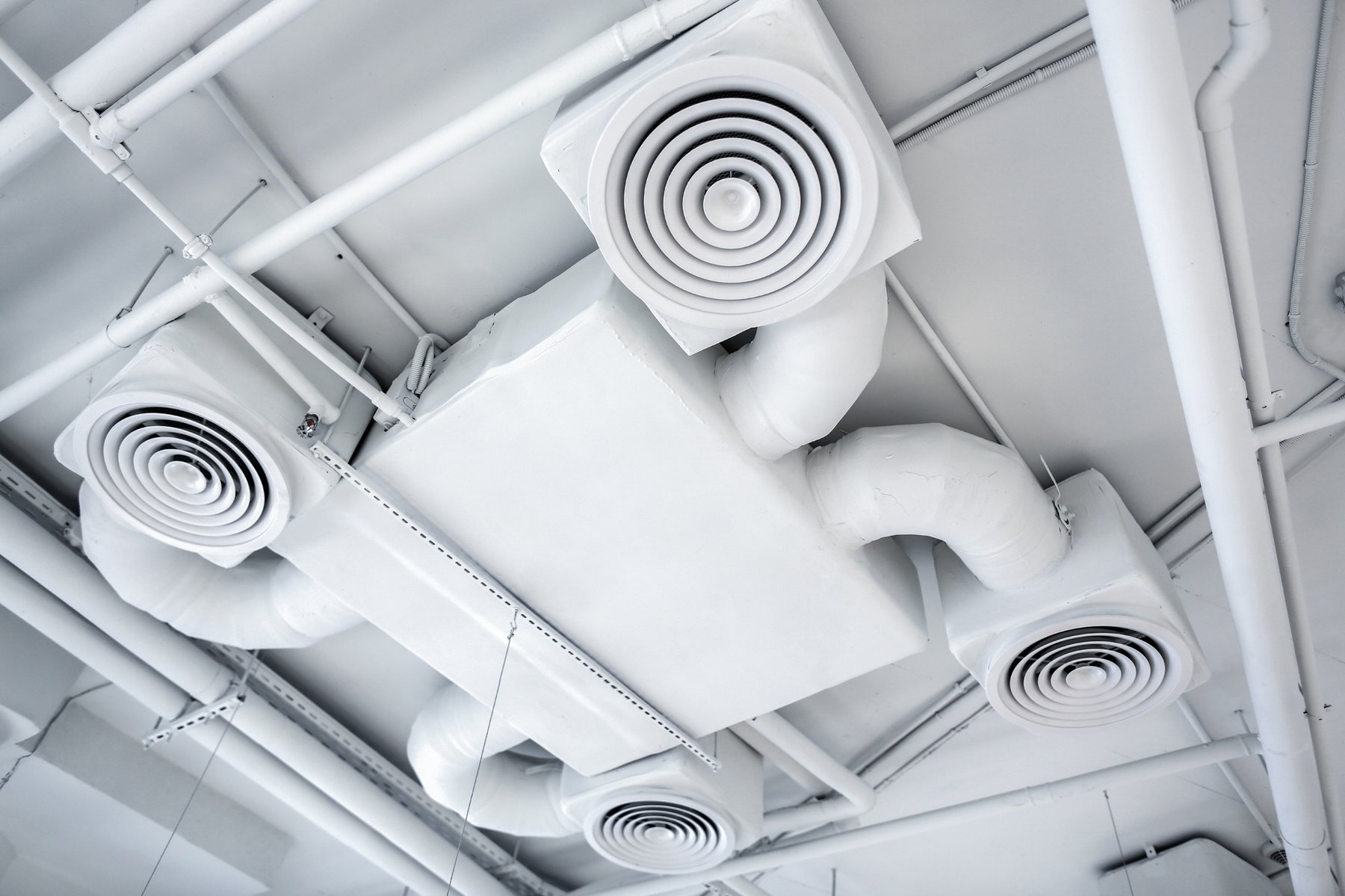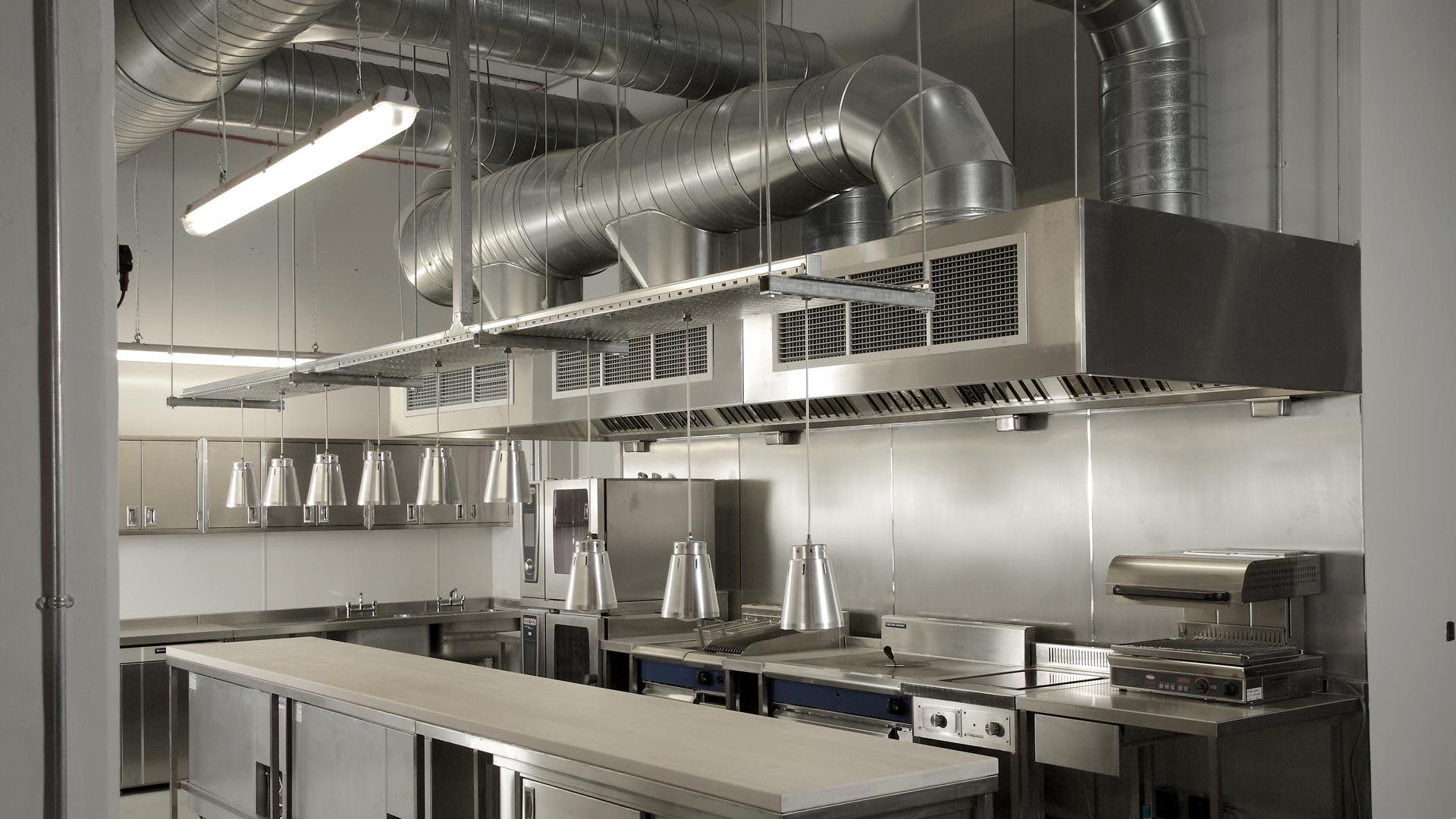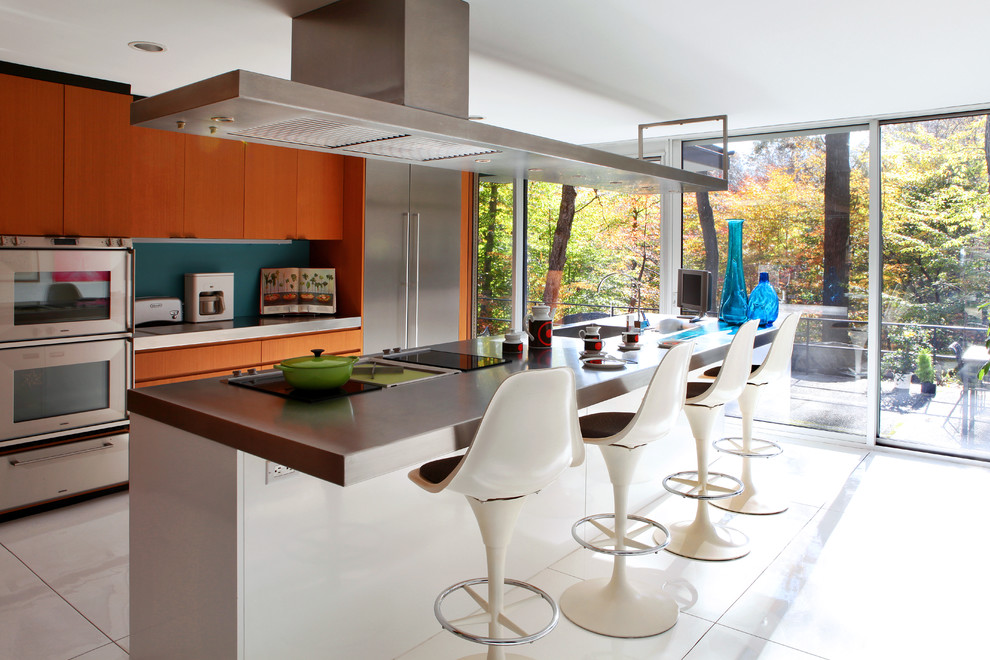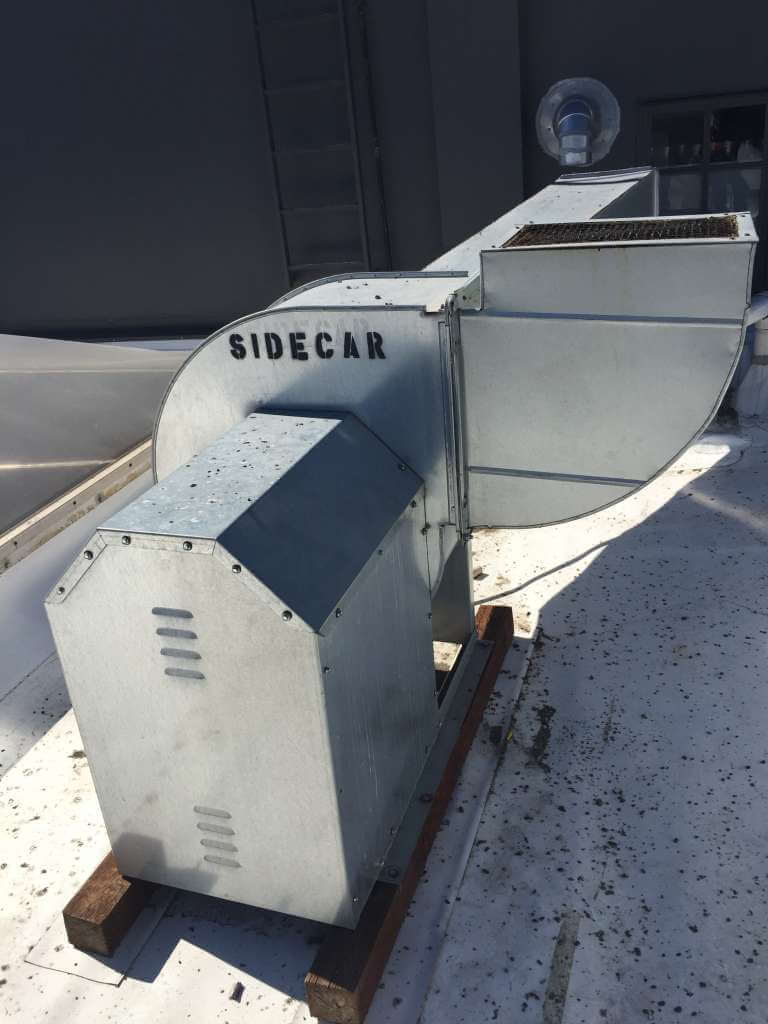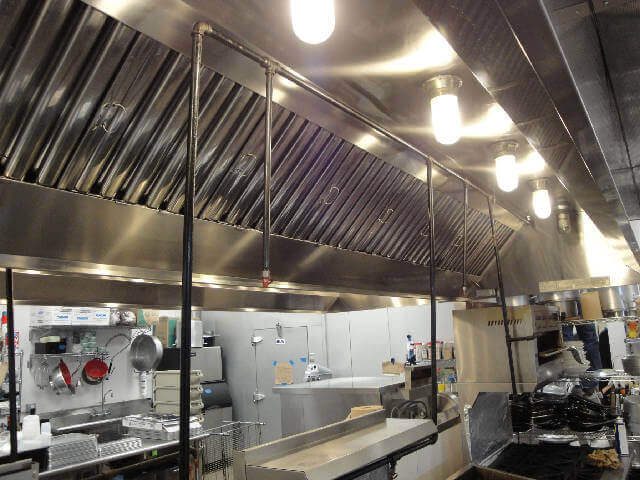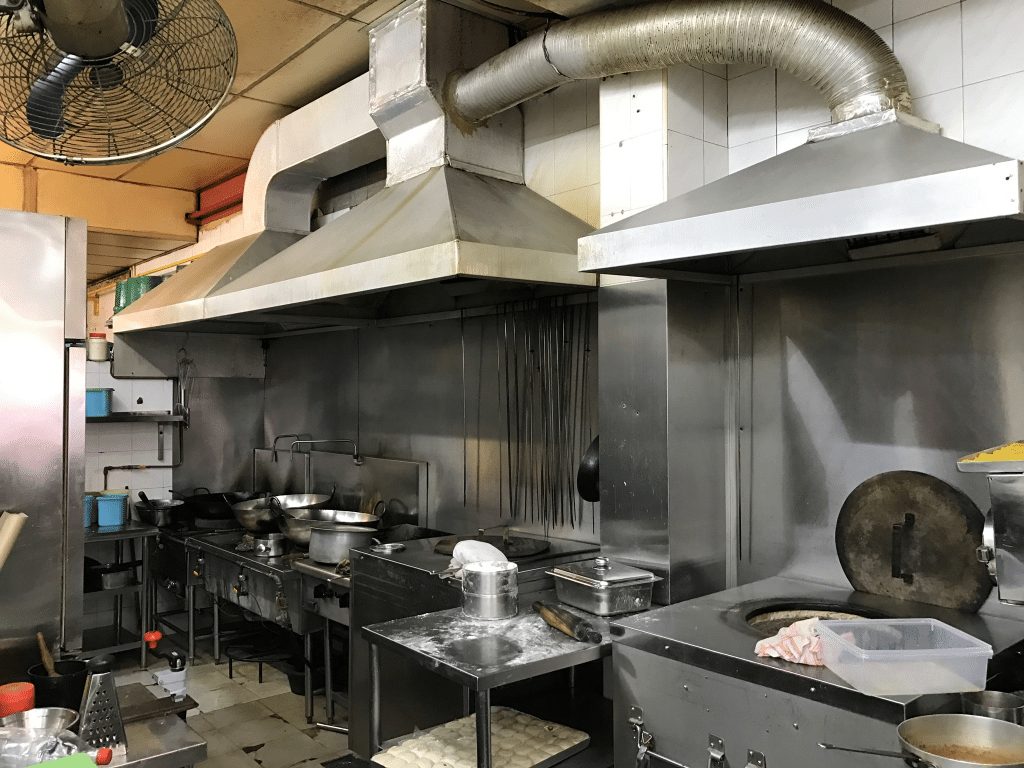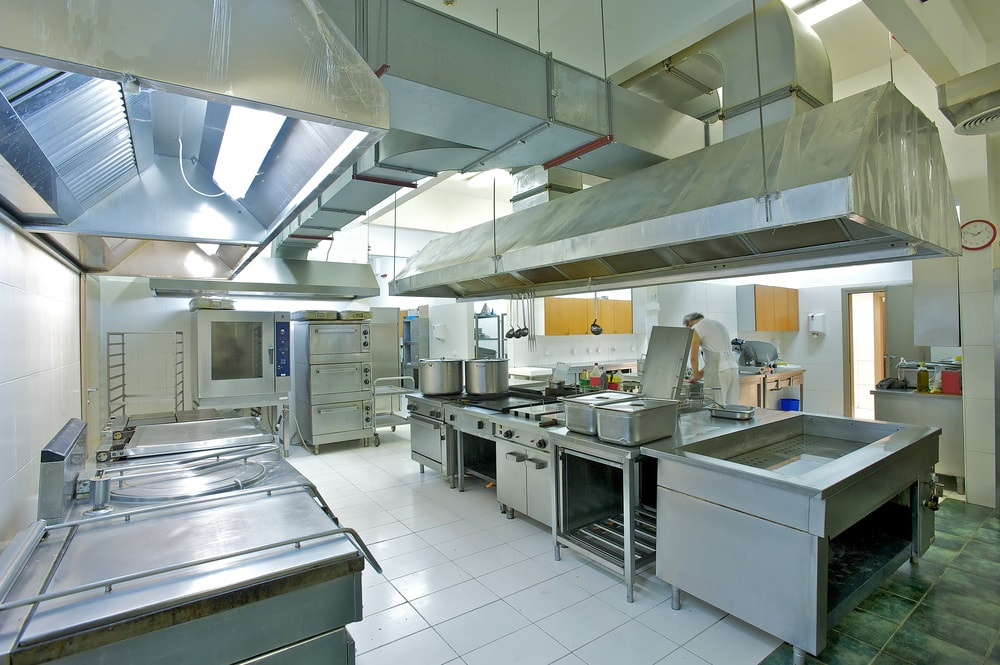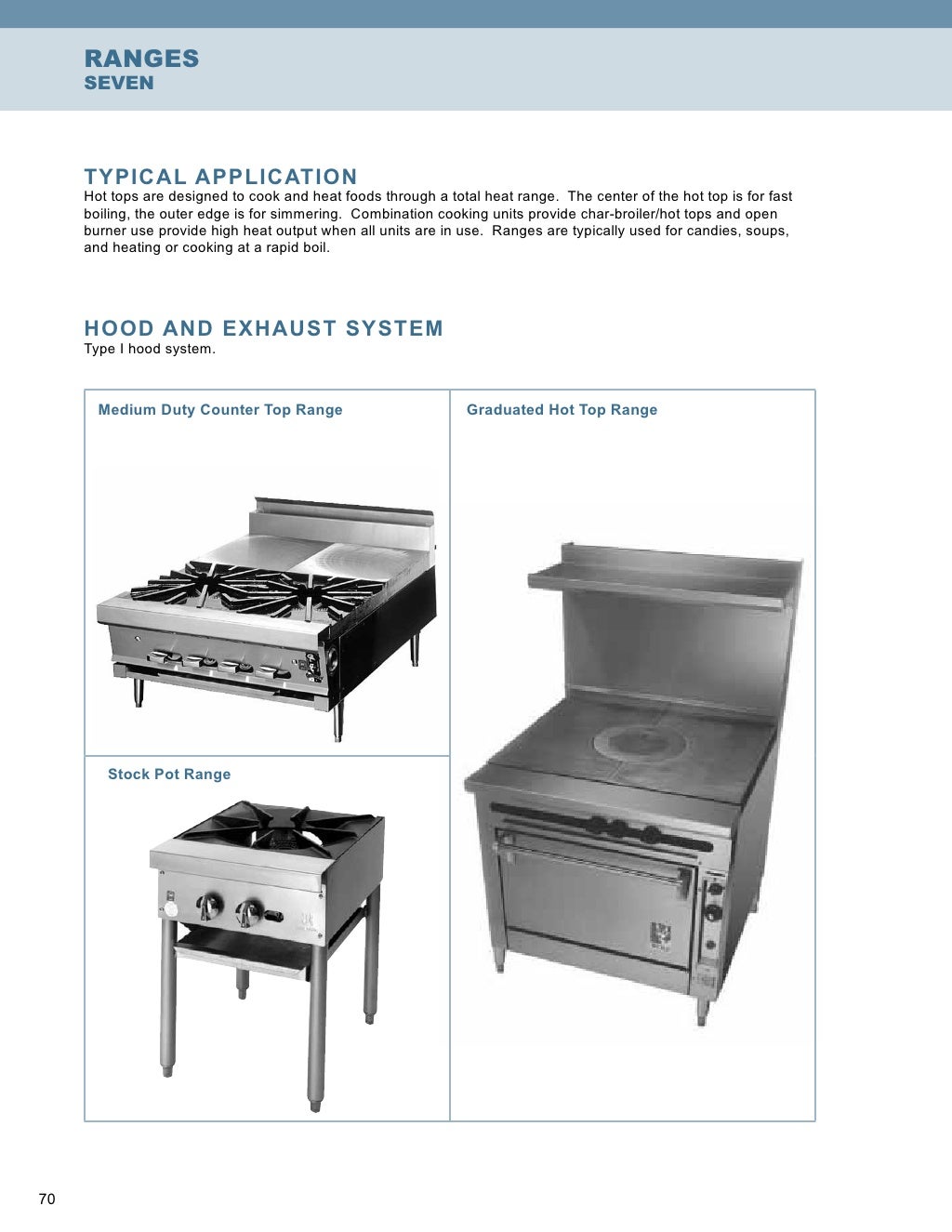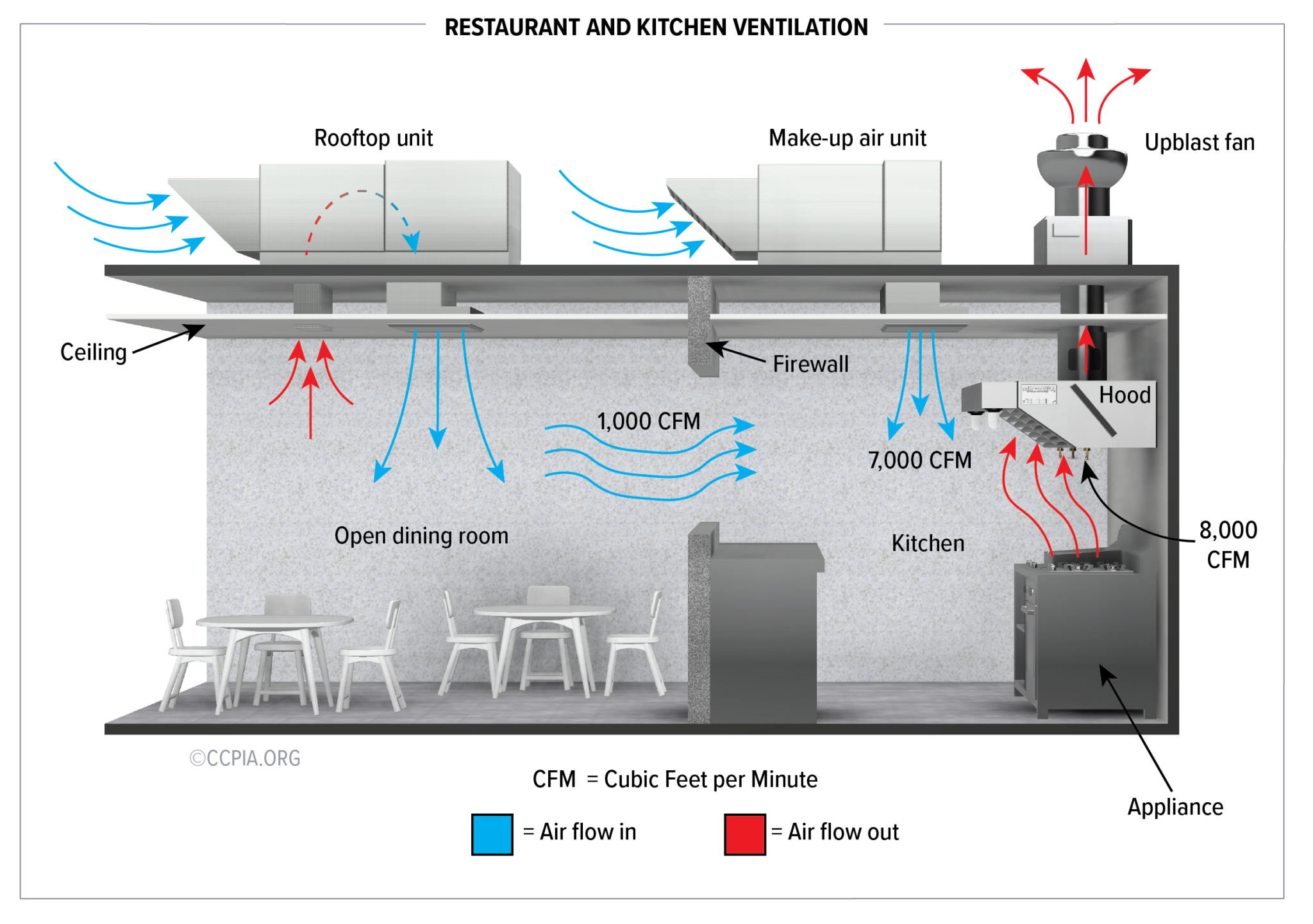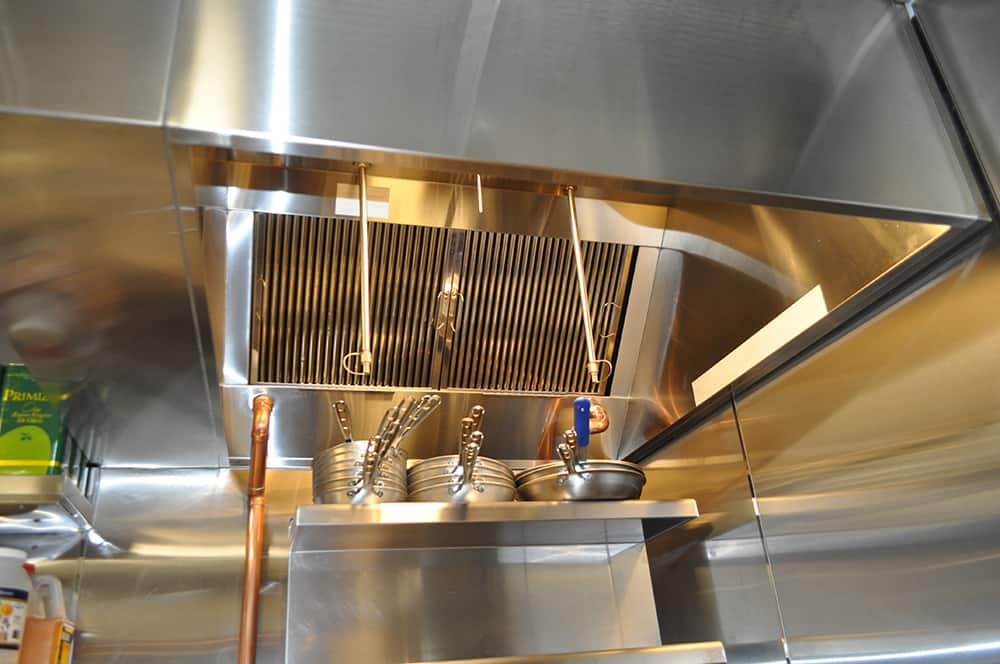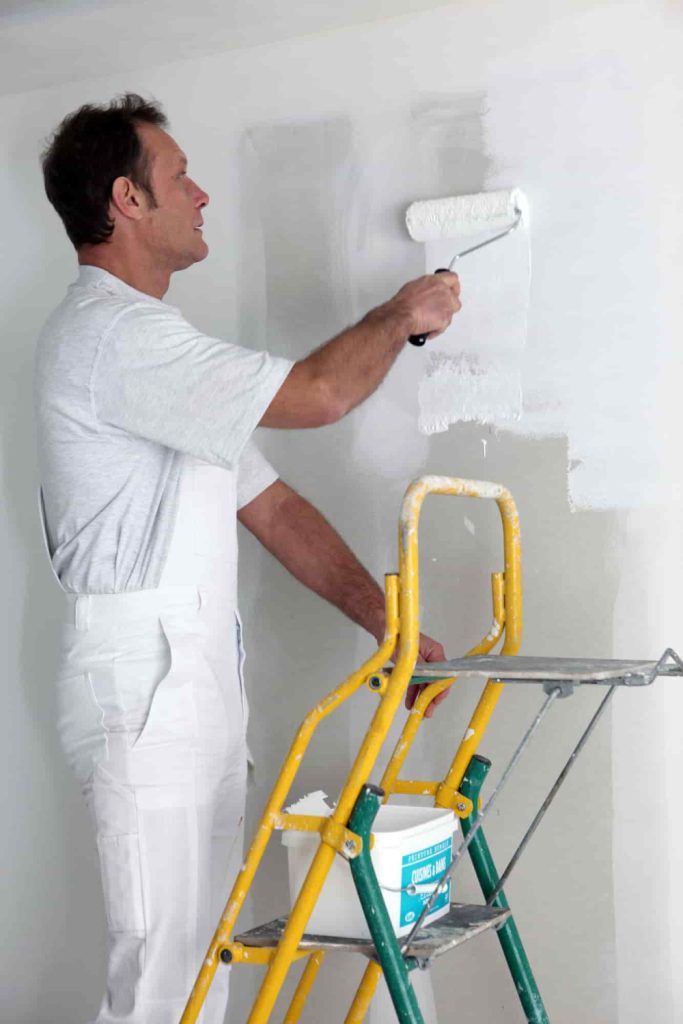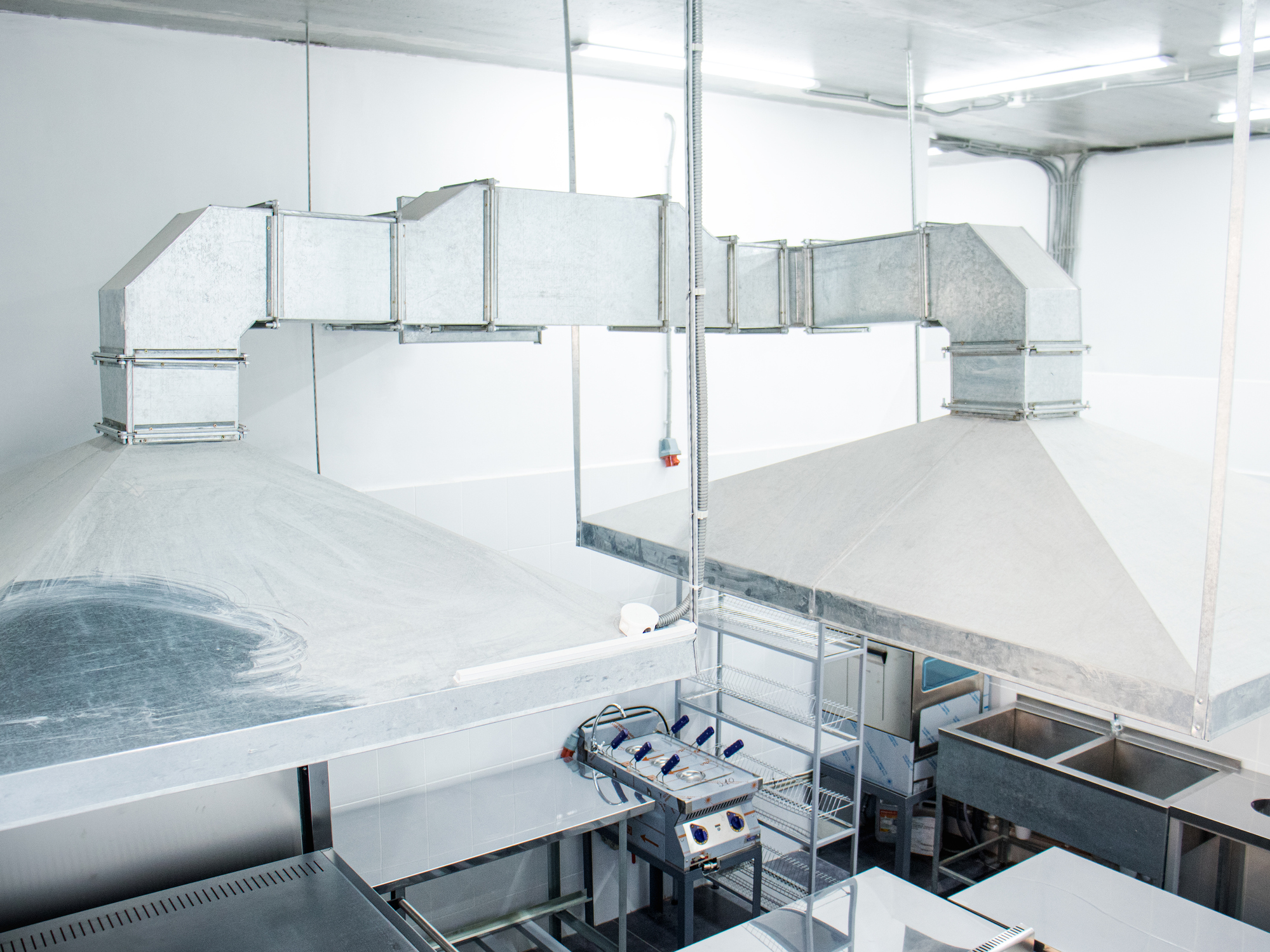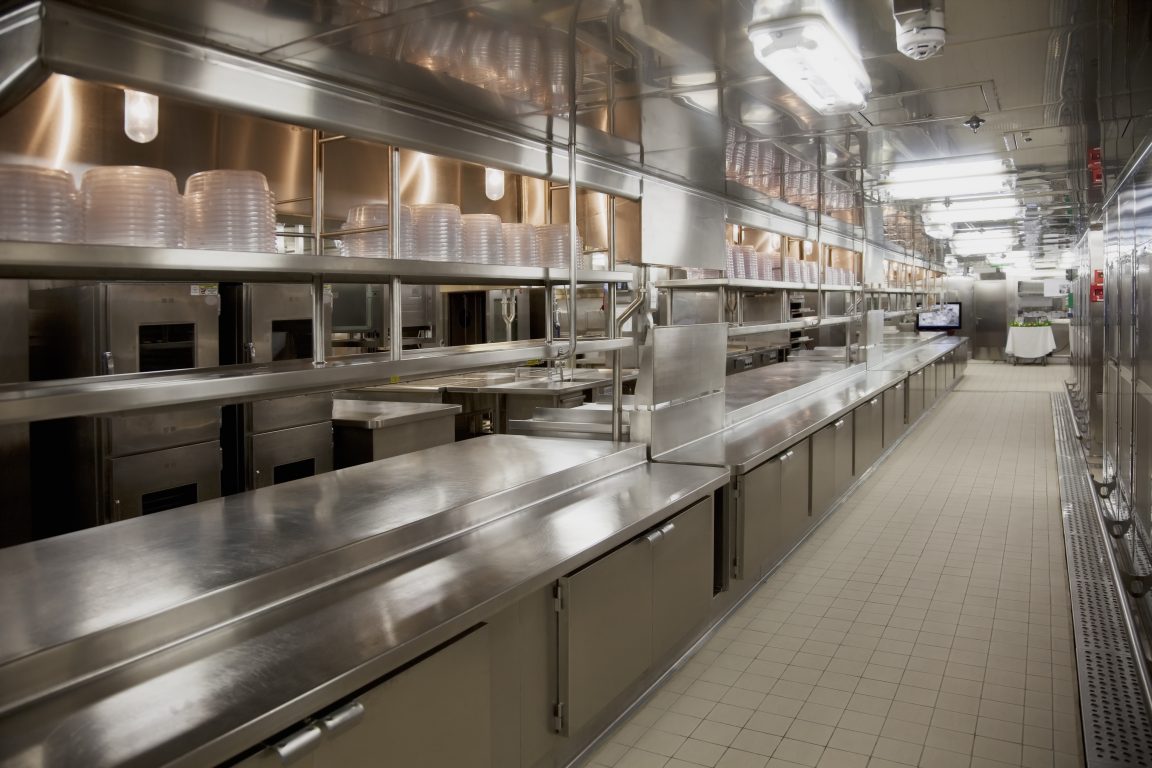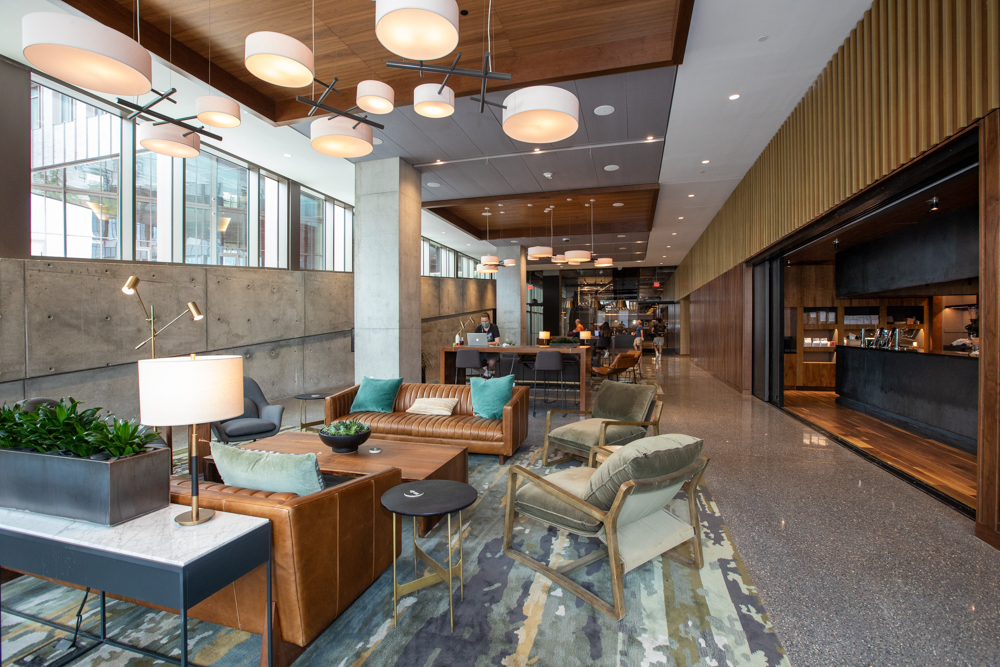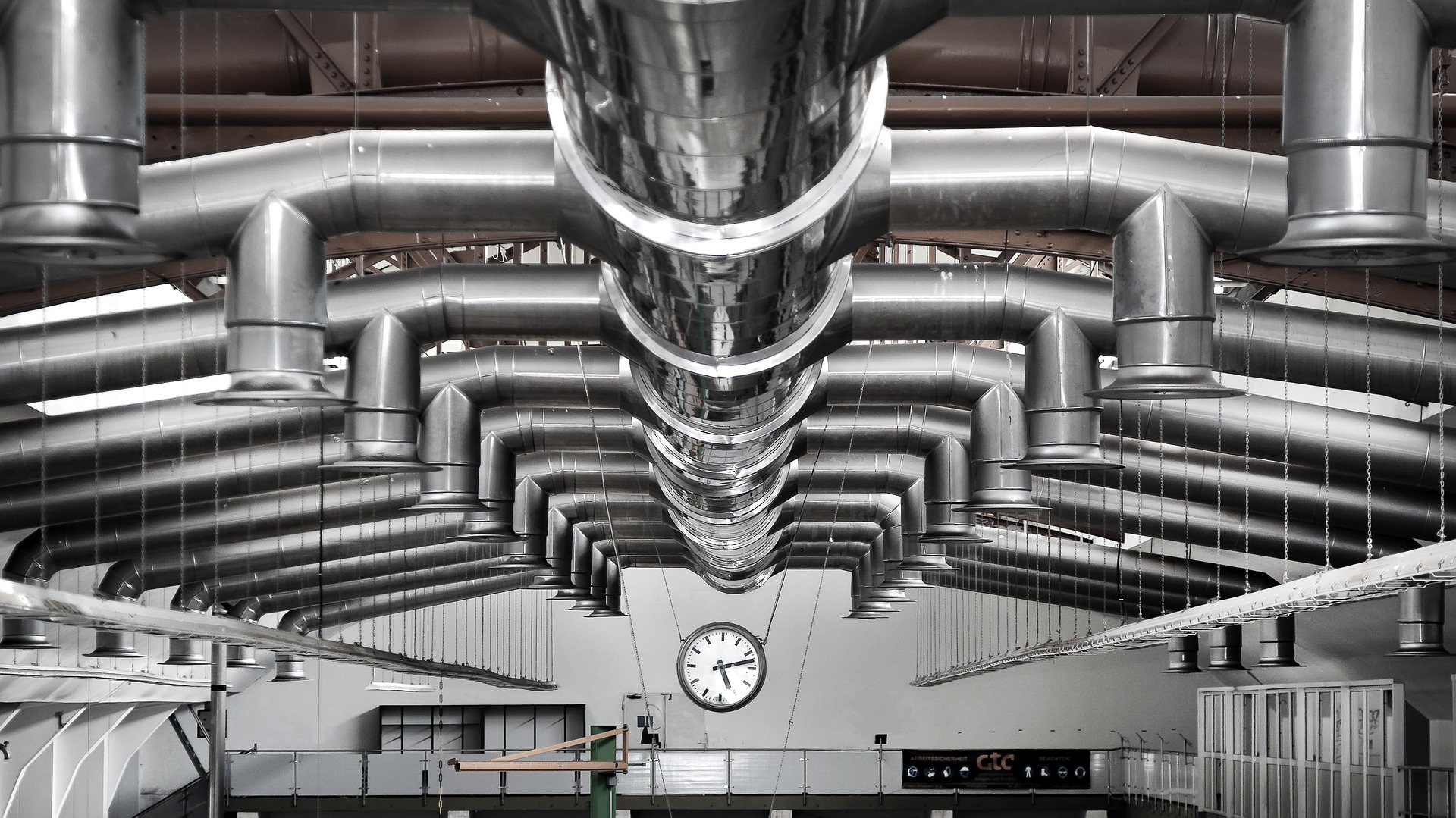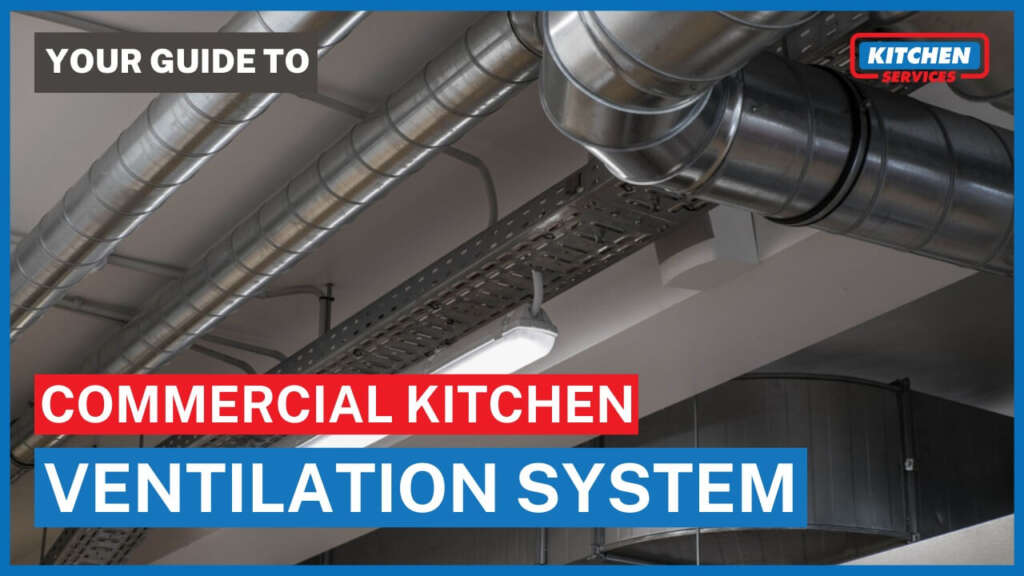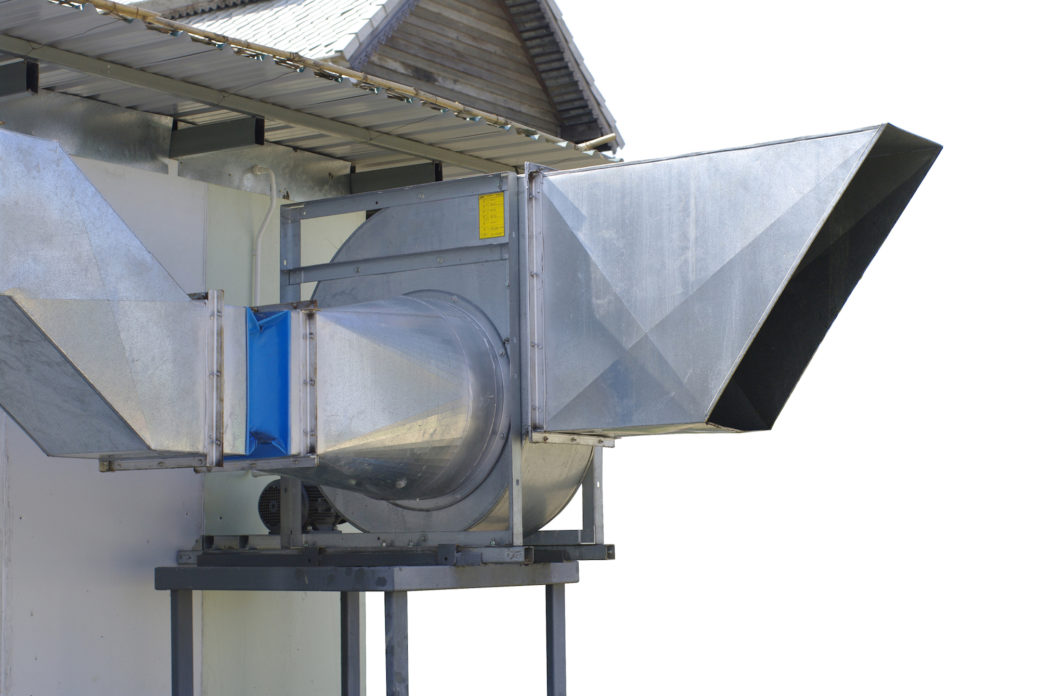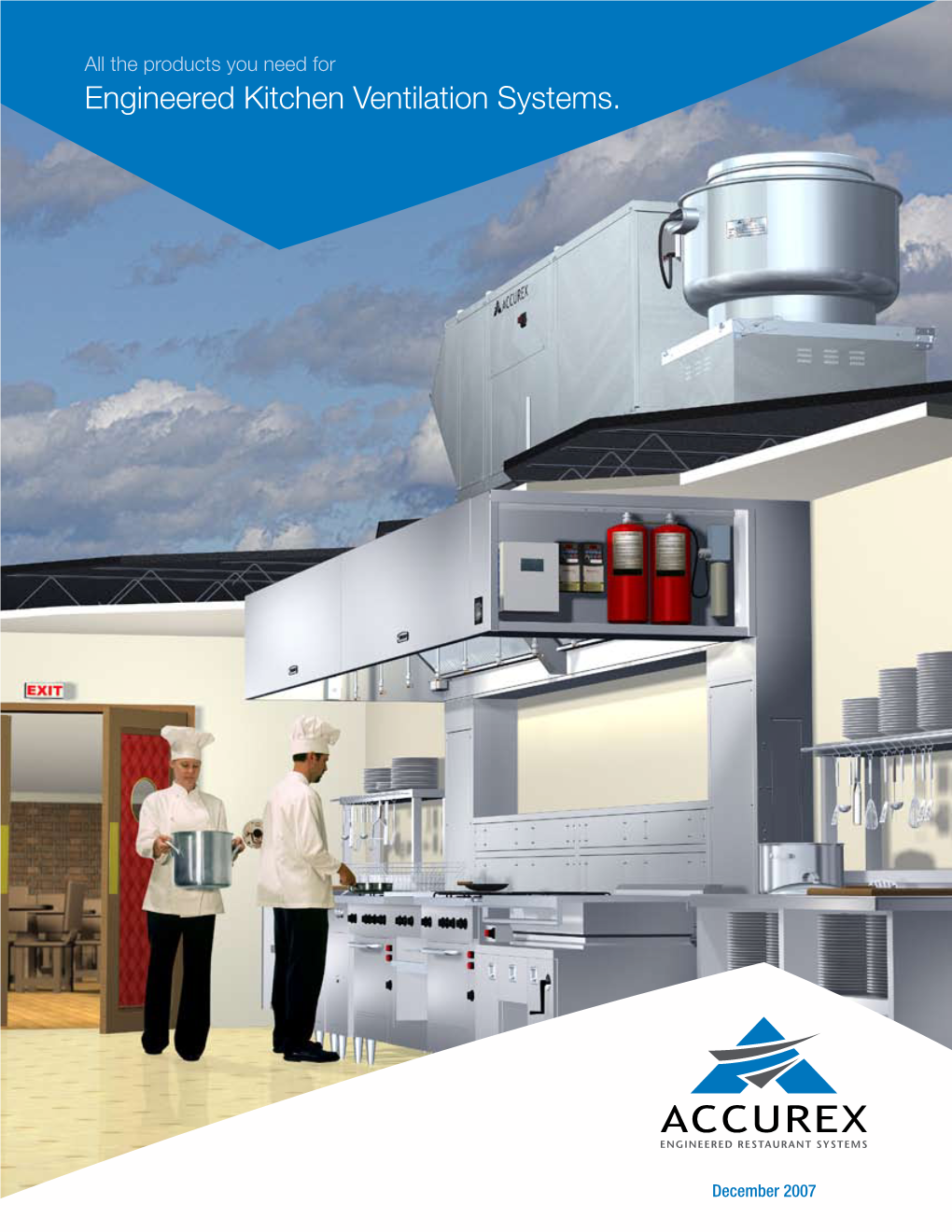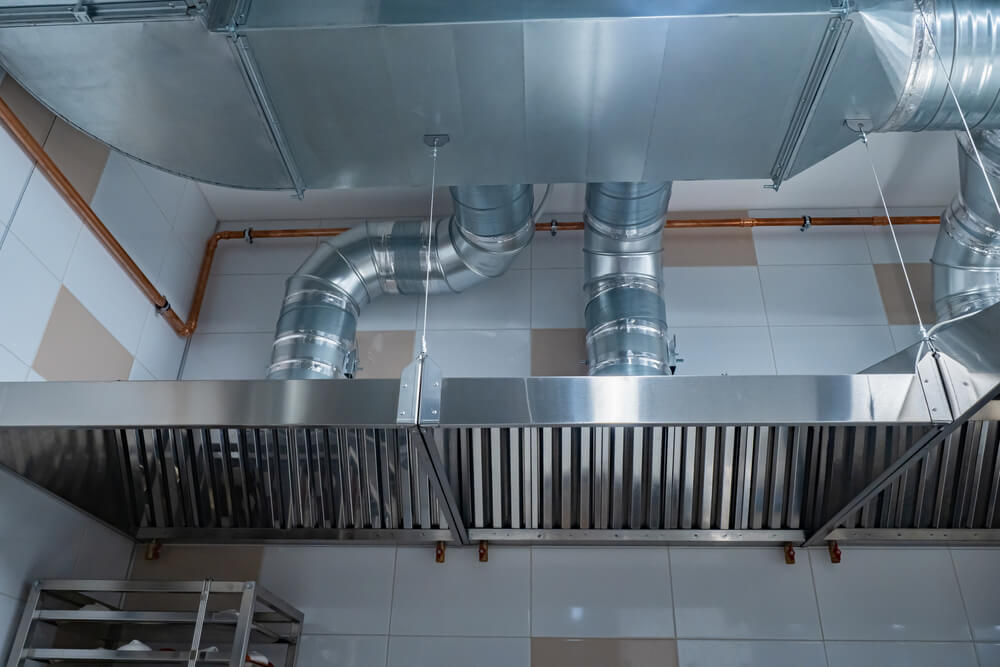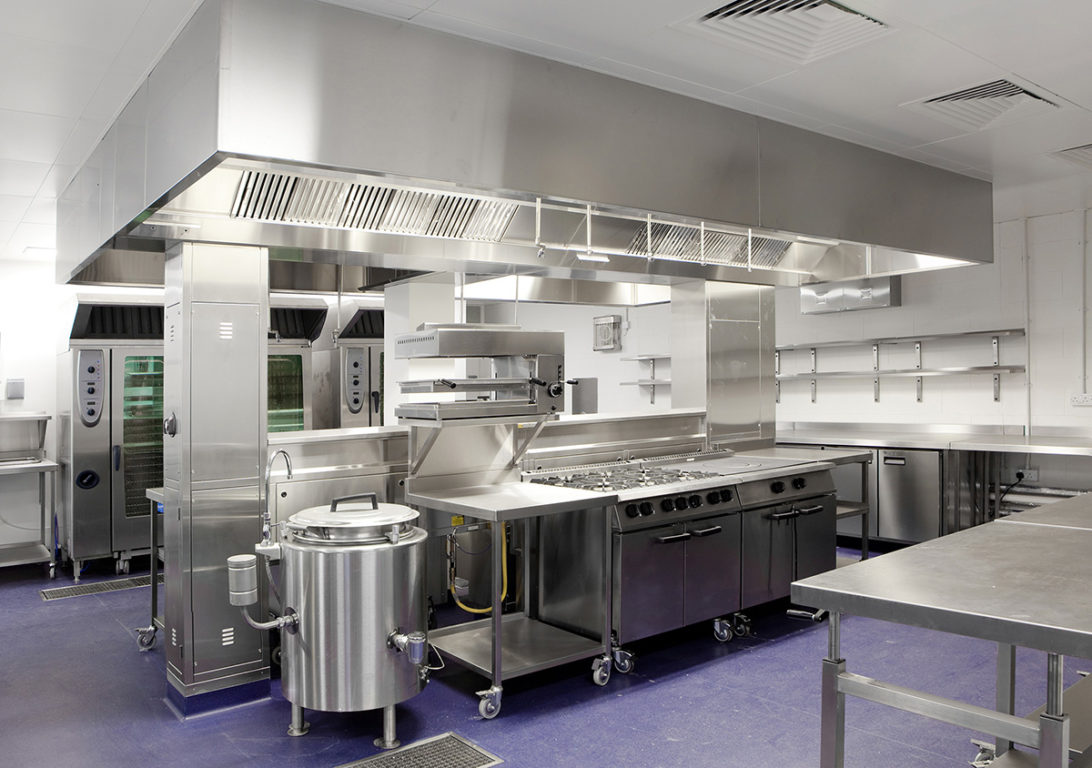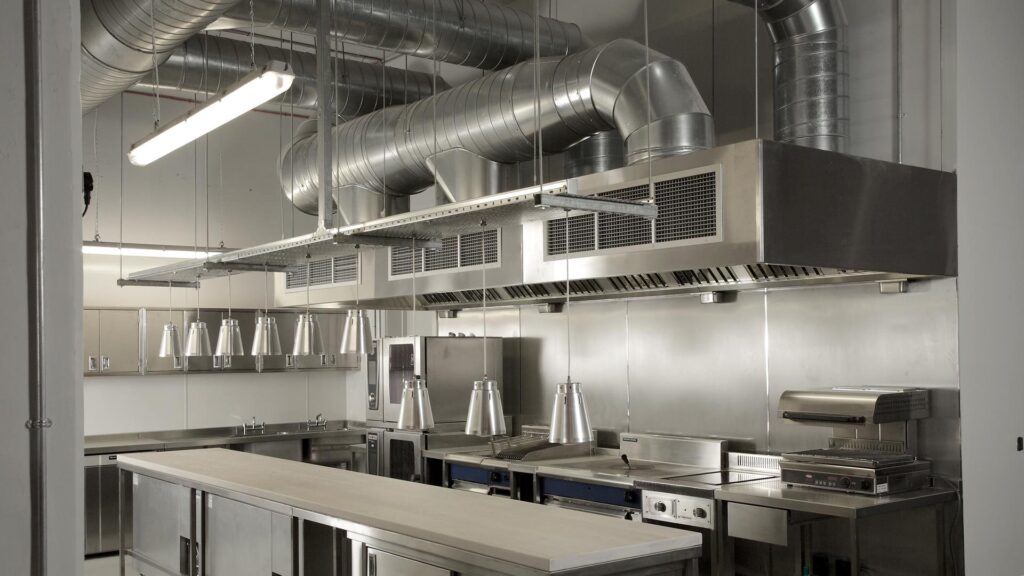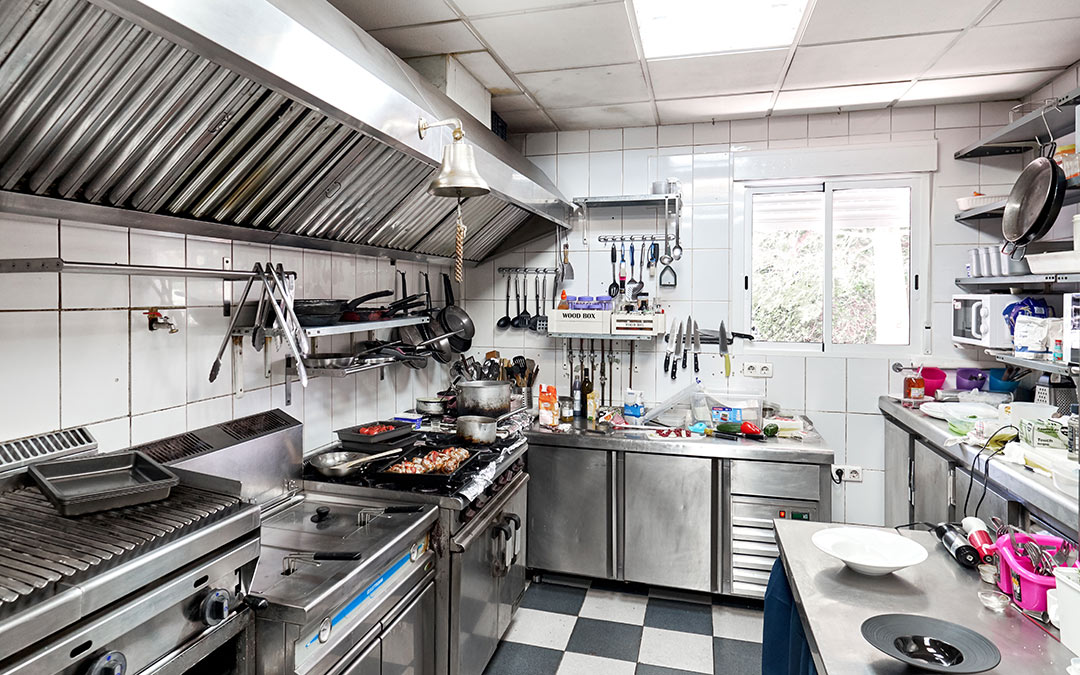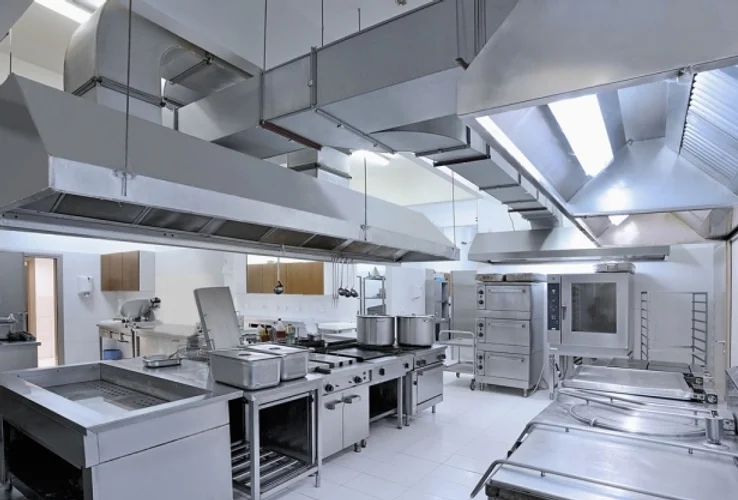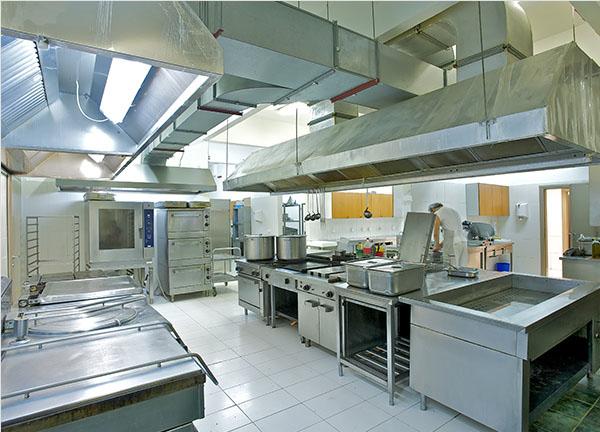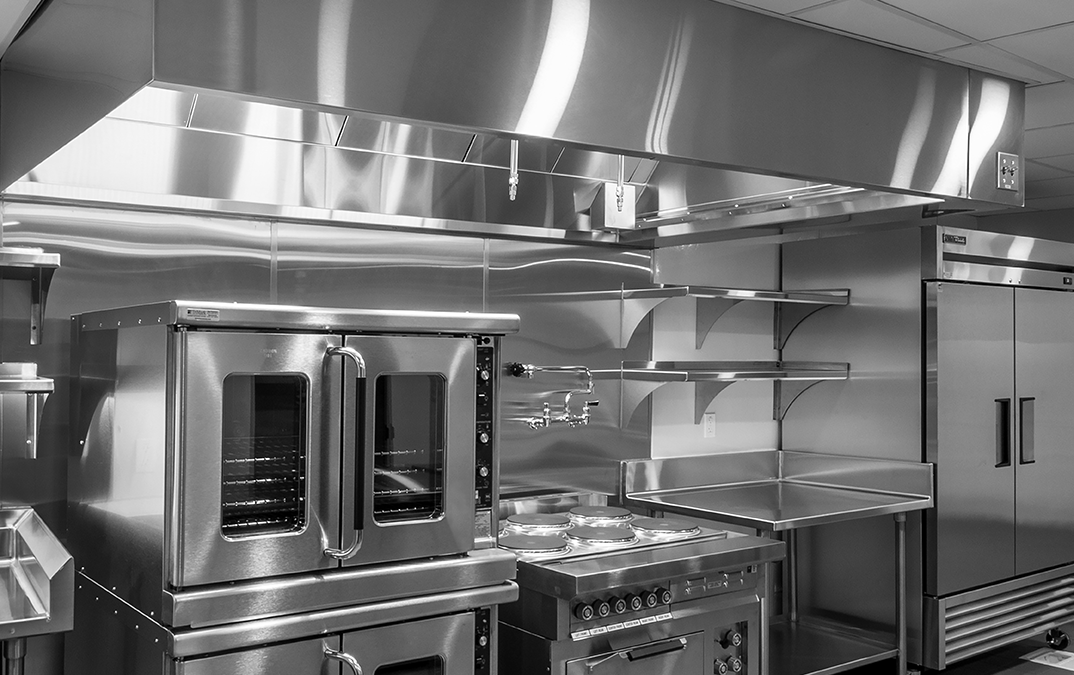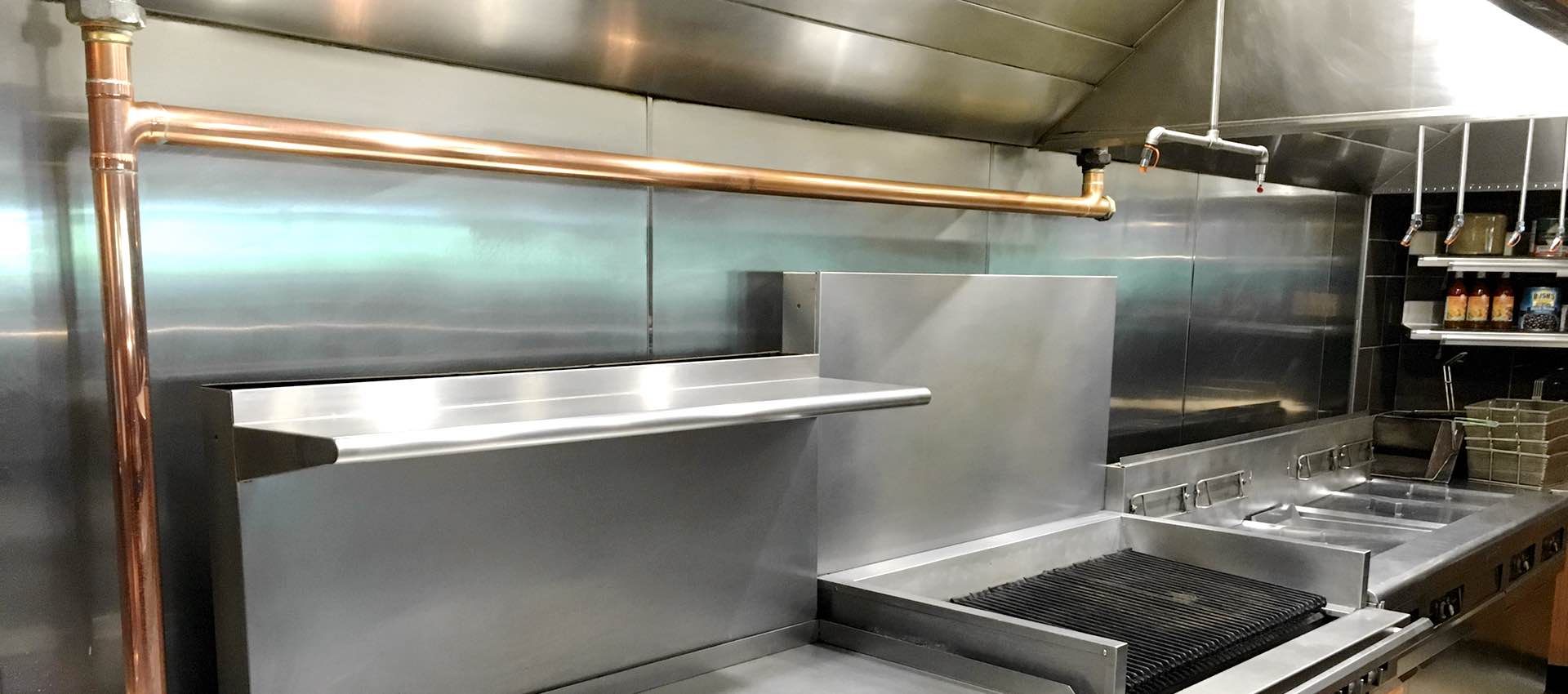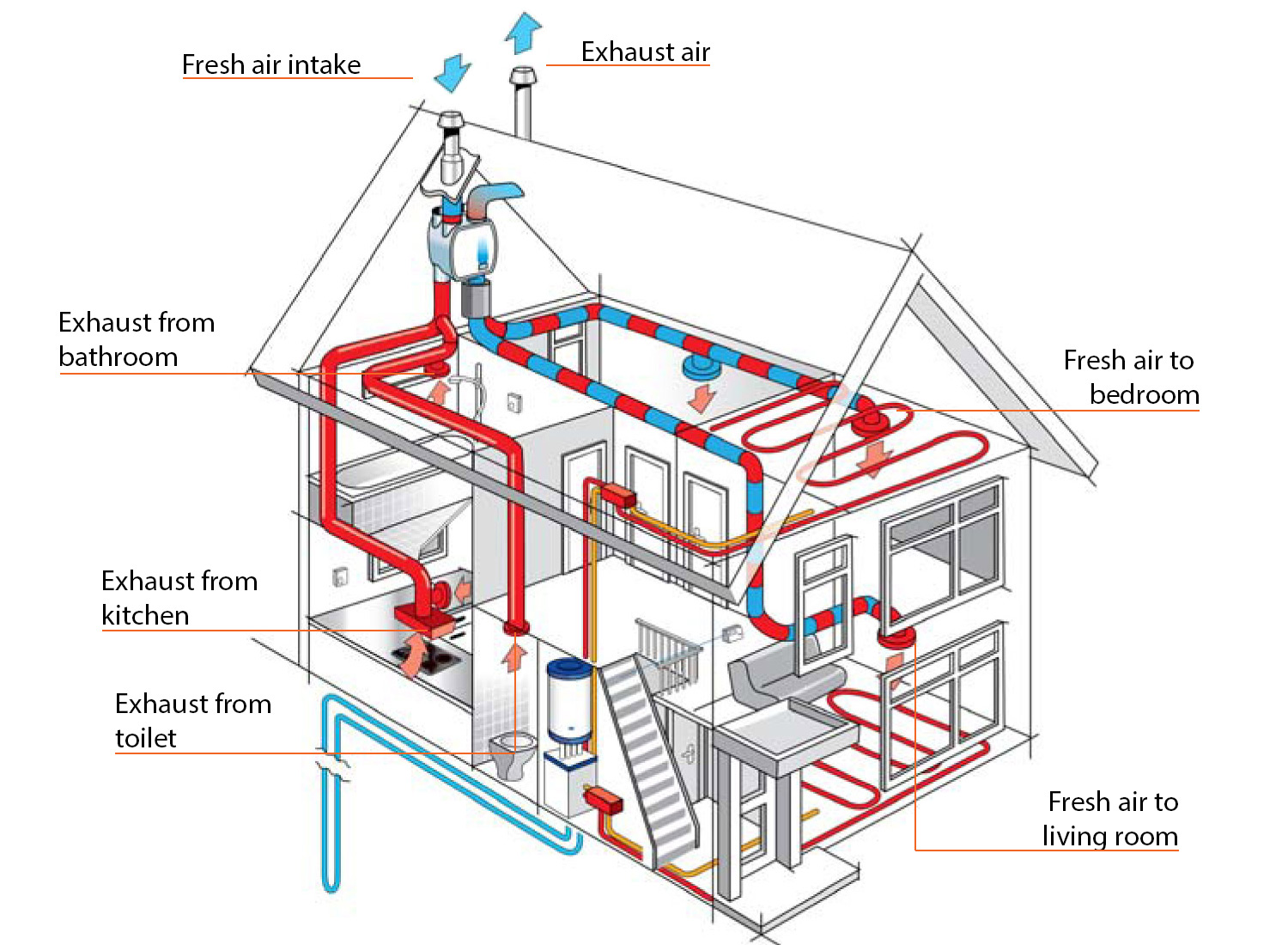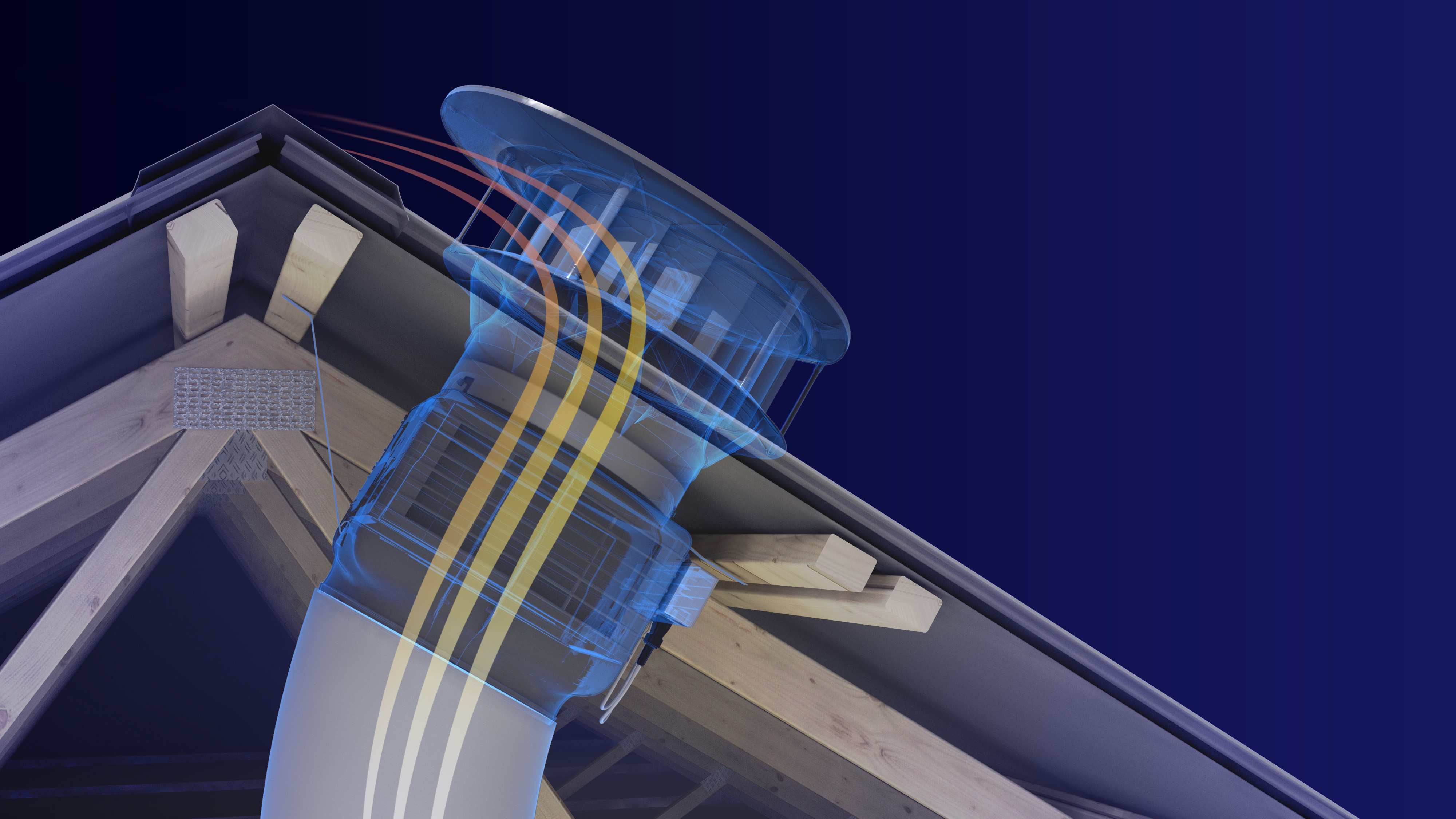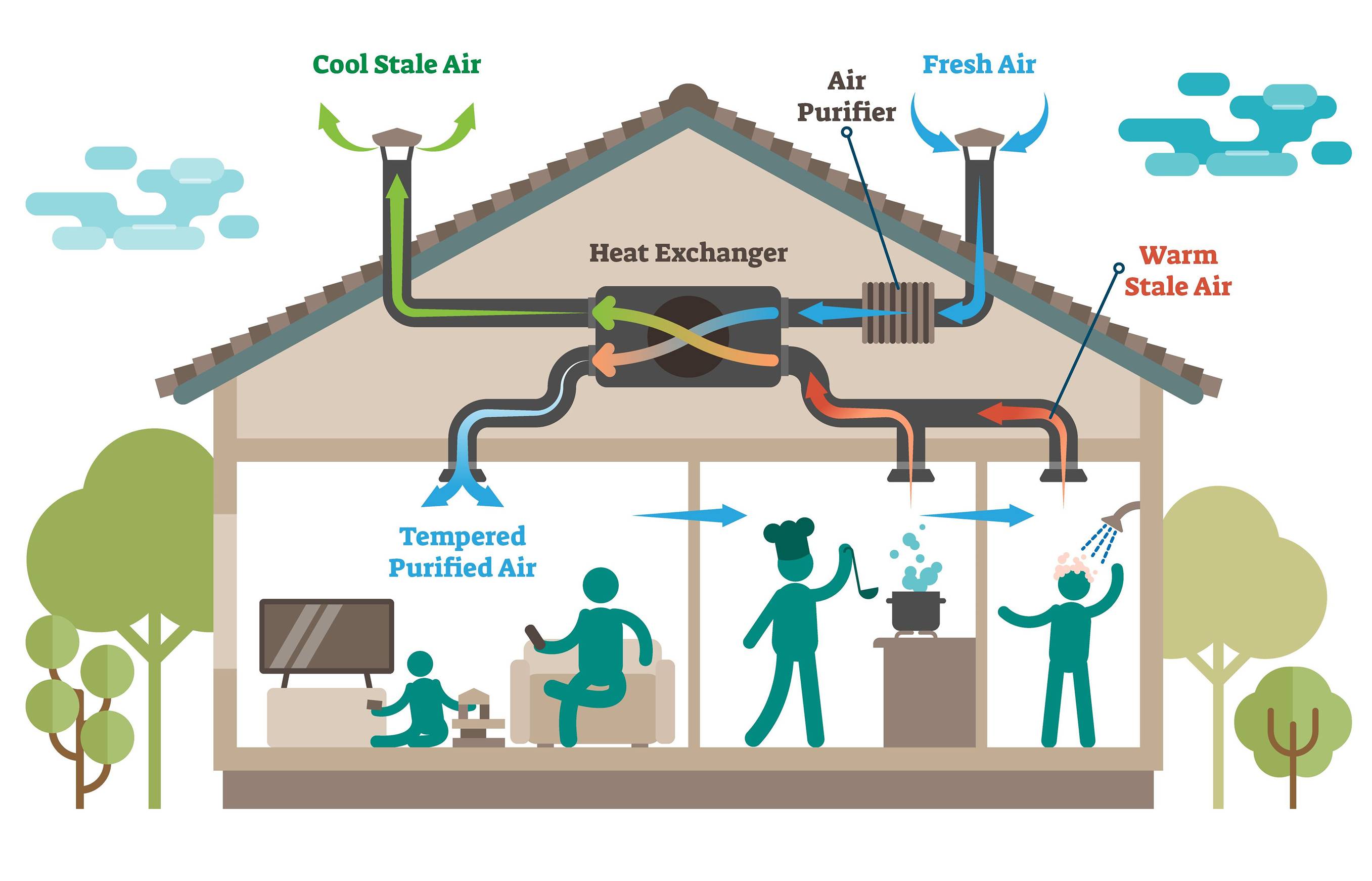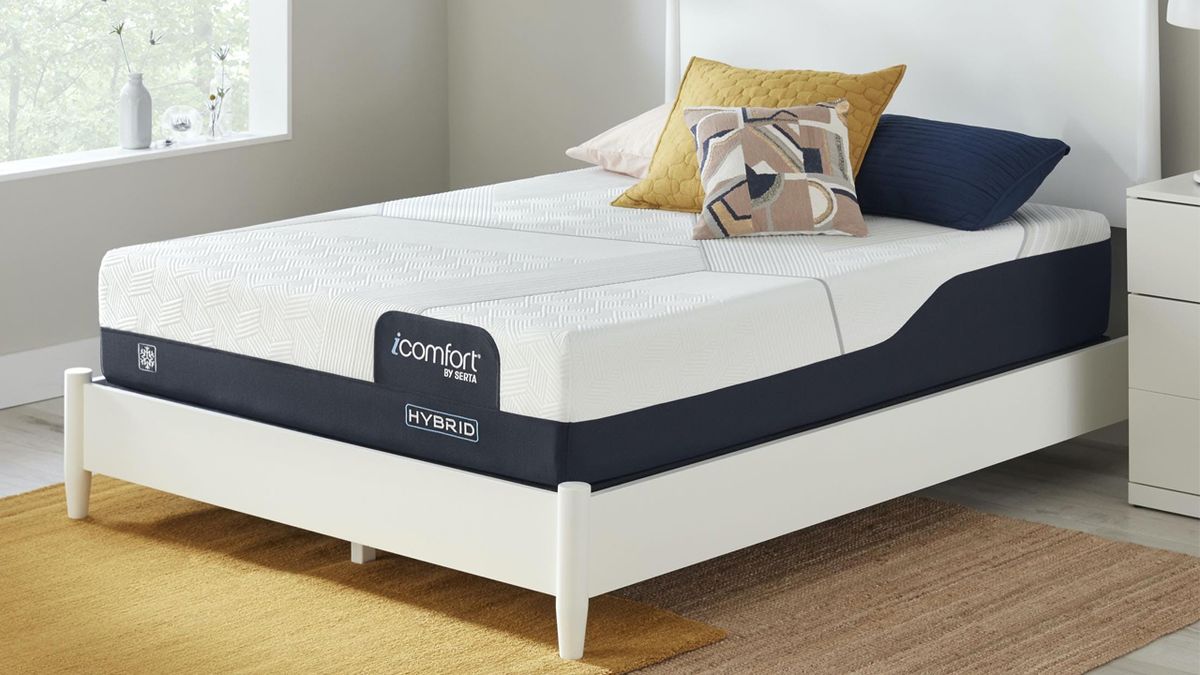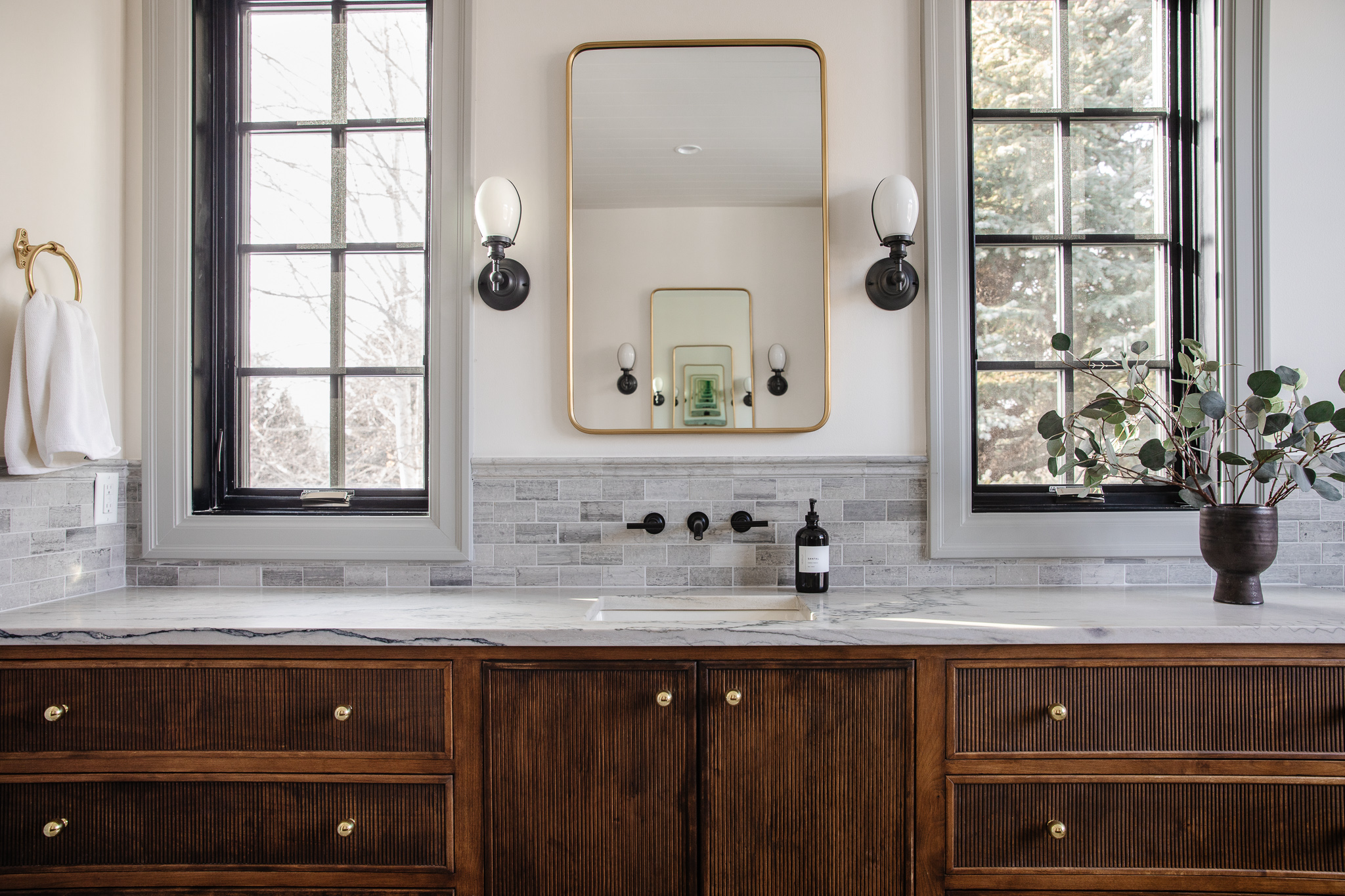1. Kitchen Ventilation Design Basics
Proper ventilation is essential in any commercial kitchen to maintain a safe and comfortable working environment for employees and patrons. The design of a kitchen exhaust system plays a crucial role in ensuring efficient and effective ventilation. This includes the placement of exhaust hoods, ductwork, and fans to effectively remove heat, smoke, and grease from the kitchen area.
Kitchen ventilation also helps to reduce the build-up of harmful pollutants, such as carbon monoxide and nitrogen dioxide, which can be produced when cooking with gas. In addition, a well-designed ventilation system can improve the energy efficiency of a commercial kitchen by reducing the need for excess cooling and heating.
2. Commercial Kitchen Exhaust Systems
A commercial kitchen exhaust system is a series of interconnected components that work together to remove pollutants from the kitchen and release them outside. The system typically includes an exhaust hood, ductwork, and a fan to create negative pressure, pulling air and pollutants out of the kitchen and into the exhaust system.
The exhaust hood is the most critical component of the system, as it captures and contains the smoke, heat, and grease generated during cooking. The hood must be sized correctly to ensure it covers the entire cooking area and has adequate capture velocity to effectively remove pollutants.
3. Ventilation Design for Commercial Kitchens
The design of a commercial kitchen ventilation system depends on several factors, including the size and layout of the kitchen, the type of cooking equipment, and the menu. The design process involves calculating the air volume, determining the placement of exhaust hoods, and sizing the ductwork and fans.
Kitchen ventilation design must also comply with local building codes and safety regulations. For example, the National Fire Protection Association (NFPA) has specific requirements for the placement and design of exhaust hoods to prevent the spread of fire.
4. Importance of Proper Ventilation in Commercial Kitchens
Adequate ventilation in a commercial kitchen is crucial for the health and safety of employees and customers. Poor ventilation can lead to a buildup of carbon monoxide, which can cause headaches, dizziness, and other health issues. It can also result in the accumulation of grease and smoke, which can be a fire hazard.
Proper ventilation also plays a significant role in maintaining a comfortable and productive work environment for employees. Without proper ventilation, the kitchen can become hot, stuffy, and smelly, making it challenging to work in and potentially leading to employee fatigue and decreased productivity.
5. Designing an Efficient Kitchen Exhaust System
The key to an efficient kitchen exhaust system is a balance between exhaust and supply air. If there is not enough supply air, the exhaust will create negative pressure, causing air to be pulled in from other areas, including the dining area. This can lead to uncomfortable drafts and poor air quality for customers.
On the other hand, if there is too much supply air, the exhaust will be less effective, and pollutants may not be adequately removed from the kitchen. The design must also consider the location of the exhaust hoods to ensure they are placed strategically to capture pollutants effectively.
6. Factors to Consider in Commercial Kitchen Ventilation Design
When designing a commercial kitchen ventilation system, several factors must be considered to ensure it is effective and compliant with safety regulations. These include the type of cooking equipment, the menu, the size and layout of the kitchen, and the location of the exhaust hoods.
The type of cooking equipment is a crucial factor, as different appliances produce varying amounts of heat, smoke, and grease. For example, a grill or fryer may require a more powerful exhaust hood than a convection oven.
7. Best Practices for Commercial Kitchen Exhaust Ventilation
There are several best practices to follow when designing a commercial kitchen exhaust ventilation system. One is to have a clear understanding of the menu and the type of cooking equipment that will be used to determine the necessary exhaust capacity. It is also essential to regularly clean and maintain the exhaust system to ensure it continues to function properly.
In addition, using energy-efficient components, such as variable speed fans, can help reduce energy consumption and costs in the long run. It is also crucial to have a professional install and regularly inspect the system to ensure it complies with safety regulations.
8. Designing a Safe and Effective Kitchen Exhaust System
The safety of employees, customers, and the building itself should be a top priority when designing a commercial kitchen exhaust system. Ensuring the system complies with safety regulations, such as those set by the NFPA, is essential to prevent fires and other hazards.
It is also essential to design the system with proper ductwork and ventilation to prevent the buildup of harmful pollutants and maintain a healthy working environment. Regular maintenance, cleaning, and inspections are crucial to identify and address any potential safety issues.
9. Energy-Efficient Ventilation Design for Commercial Kitchens
Energy efficiency is becoming increasingly important in commercial kitchens, as it can lead to significant cost savings in the long run. When designing a ventilation system, it is essential to consider energy-efficient components, such as variable speed fans and demand-controlled ventilation, which can adjust the exhaust based on cooking activity.
Properly sizing the exhaust system and strategically placing exhaust hoods can also improve energy efficiency by reducing the need for excess cooling and heating. Regular maintenance and cleaning can also help to keep the system running efficiently.
10. Common Mistakes in Commercial Kitchen Ventilation Design
There are several common mistakes to avoid when designing a commercial kitchen ventilation system. These include improper sizing of exhaust hoods, inadequate airflow, and poor placement of exhaust hoods. These mistakes can lead to an inefficient and ineffective ventilation system, potentially causing safety hazards and increased energy costs.
It is also essential to regularly inspect and maintain the system to prevent clogs and buildup of grease and other pollutants, which can impact the system's performance. Hiring a professional to design and install the system can help avoid these mistakes and ensure the kitchen has a safe and effective ventilation system in place.
The Importance of Proper Commercial Kitchen Exhaust Ventilation Design
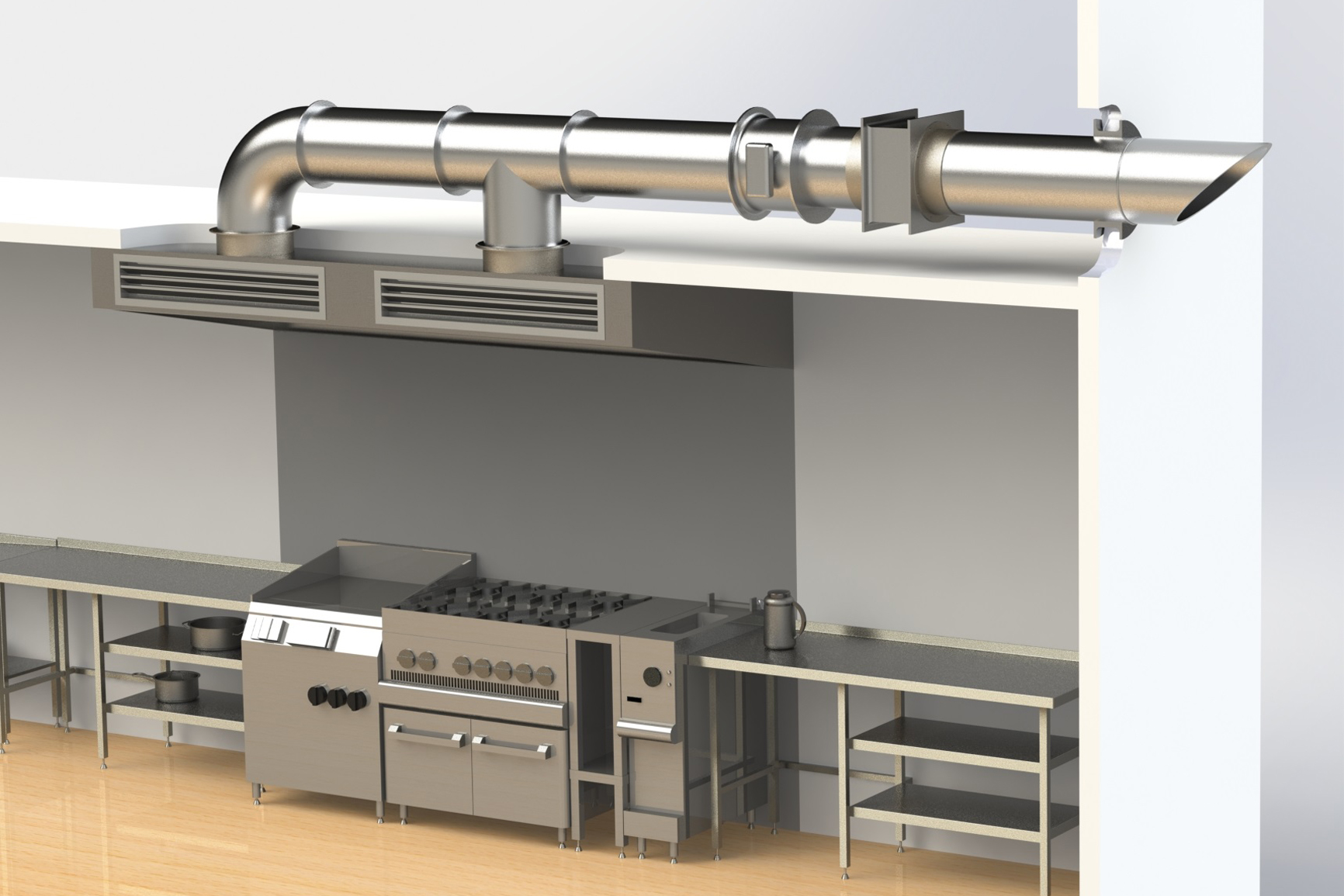
Ensuring Safe and Efficient Operations
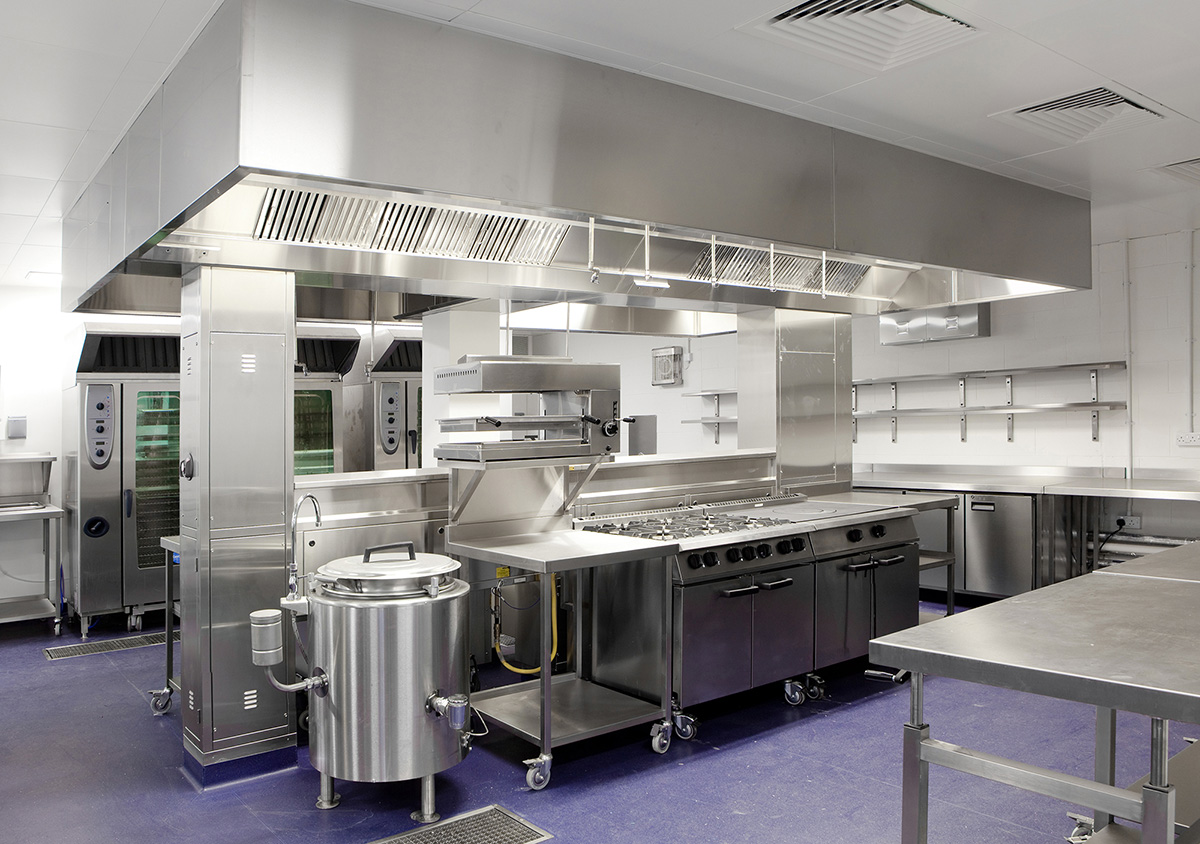 When it comes to running a restaurant, proper ventilation is crucial for the safety and efficiency of your kitchen. This is especially true for commercial kitchens, where high volumes of food are prepared and cooked daily. A well-designed exhaust ventilation system not only helps to remove smoke, grease, and odors from the kitchen, but it also helps to maintain a clean and healthy environment for your staff and customers. In this article, we will discuss the importance of proper commercial kitchen exhaust ventilation design and how it can benefit your business in the long run.
Preventing Fire Hazards
One of the main reasons why a proper exhaust ventilation system is essential for commercial kitchens is to prevent fire hazards. The high temperatures and open flames in the kitchen can easily ignite grease build-up on surfaces and in ventilation systems. This can quickly lead to a dangerous fire that can put your staff and customers at risk. A well-designed exhaust system ensures that grease and smoke are effectively removed from the kitchen, reducing the risk of fire hazards.
Improving Indoor Air Quality
Another crucial aspect of proper exhaust ventilation design is its impact on indoor air quality. Commercial kitchens are prone to high levels of heat, humidity, and grease, which can create an uncomfortable and unhealthy environment for your staff. Poor air quality can also lead to the growth of mold and bacteria, which can contaminate food and cause health issues. A well-designed exhaust system helps to remove these pollutants and maintain a clean and comfortable working environment for your staff.
Increasing Energy Efficiency
Proper ventilation design can also have a significant impact on the energy efficiency of your commercial kitchen. A well-designed system ensures that the right amount of air is being circulated, reducing the strain on your HVAC system. This, in turn, can result in lower energy bills and reduced maintenance costs. Additionally, a properly designed exhaust system can also help to regulate the temperature in the kitchen, making it a more comfortable working environment for your staff.
Compliance with Regulations
Lastly, having a well-designed exhaust ventilation system is crucial for compliance with regulations and health codes. Most jurisdictions have strict regulations in place for commercial kitchen ventilation, and failure to comply can result in hefty fines and even closure of your business. By ensuring that your exhaust system is properly designed, you can avoid any legal issues and ensure the safety of your staff and customers.
In conclusion, a proper commercial kitchen exhaust ventilation design is crucial for the safety, efficiency, and compliance of your business. It not only helps to prevent fire hazards and improve indoor air quality, but it also increases energy efficiency and ensures compliance with regulations. As a restaurant owner, investing in a well-designed exhaust system is a necessary step in creating a safe and healthy working environment for your staff and providing a pleasant dining experience for your customers.
When it comes to running a restaurant, proper ventilation is crucial for the safety and efficiency of your kitchen. This is especially true for commercial kitchens, where high volumes of food are prepared and cooked daily. A well-designed exhaust ventilation system not only helps to remove smoke, grease, and odors from the kitchen, but it also helps to maintain a clean and healthy environment for your staff and customers. In this article, we will discuss the importance of proper commercial kitchen exhaust ventilation design and how it can benefit your business in the long run.
Preventing Fire Hazards
One of the main reasons why a proper exhaust ventilation system is essential for commercial kitchens is to prevent fire hazards. The high temperatures and open flames in the kitchen can easily ignite grease build-up on surfaces and in ventilation systems. This can quickly lead to a dangerous fire that can put your staff and customers at risk. A well-designed exhaust system ensures that grease and smoke are effectively removed from the kitchen, reducing the risk of fire hazards.
Improving Indoor Air Quality
Another crucial aspect of proper exhaust ventilation design is its impact on indoor air quality. Commercial kitchens are prone to high levels of heat, humidity, and grease, which can create an uncomfortable and unhealthy environment for your staff. Poor air quality can also lead to the growth of mold and bacteria, which can contaminate food and cause health issues. A well-designed exhaust system helps to remove these pollutants and maintain a clean and comfortable working environment for your staff.
Increasing Energy Efficiency
Proper ventilation design can also have a significant impact on the energy efficiency of your commercial kitchen. A well-designed system ensures that the right amount of air is being circulated, reducing the strain on your HVAC system. This, in turn, can result in lower energy bills and reduced maintenance costs. Additionally, a properly designed exhaust system can also help to regulate the temperature in the kitchen, making it a more comfortable working environment for your staff.
Compliance with Regulations
Lastly, having a well-designed exhaust ventilation system is crucial for compliance with regulations and health codes. Most jurisdictions have strict regulations in place for commercial kitchen ventilation, and failure to comply can result in hefty fines and even closure of your business. By ensuring that your exhaust system is properly designed, you can avoid any legal issues and ensure the safety of your staff and customers.
In conclusion, a proper commercial kitchen exhaust ventilation design is crucial for the safety, efficiency, and compliance of your business. It not only helps to prevent fire hazards and improve indoor air quality, but it also increases energy efficiency and ensures compliance with regulations. As a restaurant owner, investing in a well-designed exhaust system is a necessary step in creating a safe and healthy working environment for your staff and providing a pleasant dining experience for your customers.

